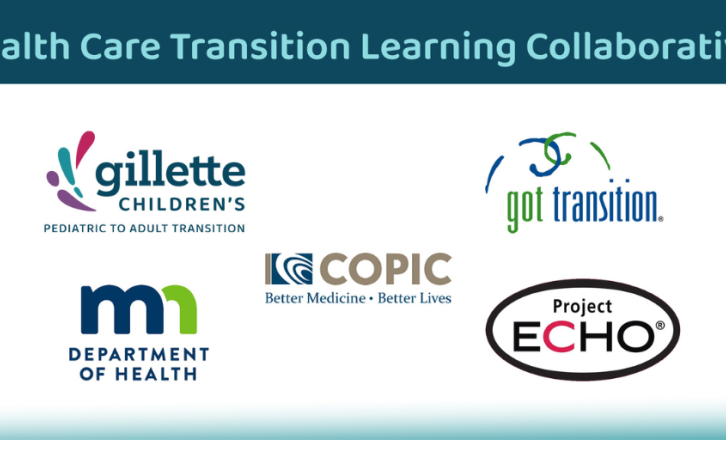
Specialists at Gillette’s Cerebral Palsy Institute are focused on advancing research and innovation. Gillette Children’s Cerebral Palsy Institute is committed to pursuing the brightest possible future for individuals who have cerebral palsy (CP). As part of this important work, Gillette has tapped neurosurgeon Patrick Graupman, MD; Medical Director of Research Jennifer Laine, MD; and Director of Research Joyce Trost, PhD, to provide vision and direction for producing and assessing rigorous research within the Cerebral Palsy Institute.
A Model to Mirror
Because Gillette already has seven different research programs, the biggest challenge was gathering each program together for more efficient collaboration. “One of the key challenges of the Cerebral Palsy Institute is that Gillette is so diverse and so broad,” Dr. Trost says. “But working together and engaging with the diverse expertise is the real difference-maker.”
Dr. Graupman adds, “Our patients are often complex and require collaborative, multi-disciplinary care, and our research needs to similarly benefit these patients. That is really what sets our CP research apart—our research model parallels our clinical care model: collaborative and multidisciplinary.”
Patient-Powered Research
A new Cerebral Palsy Institute initiative seeks to engage patients and their families in all parts of the research process. This style of research design is more advanced outside of the United States, but very few, if any, are engaging populations with developmental disabilities.
“We’re inviting patients and their families to not just participate in research, but to partner with us in asking the right questions, figuring out the protocol, evaluating the data, and presenting the research,” Dr. Laine says. “We’re looking to involve patients as truly active partners in the research process.”
Different Initiatives, Same Goal
When asked what ideas they have been most excited by during discussions of the future of Cerebral Palsy Institute research, each leader had a different response, but each of them tied it back to the benefit for patients.
“For CP specifically, there is a lot of innovative technology that shows promise,” Dr. Graupman says. “For example, a brain computer-spinal interface could be a future treatment modality for CP. With this, patients could have greater control over their muscles and movement.”
Dr. Laine says, “for me, I want to have research holistically integrated into our clinical care, so every patient who comes to Gillette would have the opportunity to participate in some sort of research to help inform care for future generations.”
“The overall goal of the Cerebral Palsy Institute is to, in 10 years, see significant advancement in research, knowledge translation, and care delivery,” says Dr. Trost. “And, after integrating corresponding data, including standardized outcome measures into our care model, we can then leverage health informatics to the greatest extent, creating a learning health system designed specifically for individuals who have CP.”



